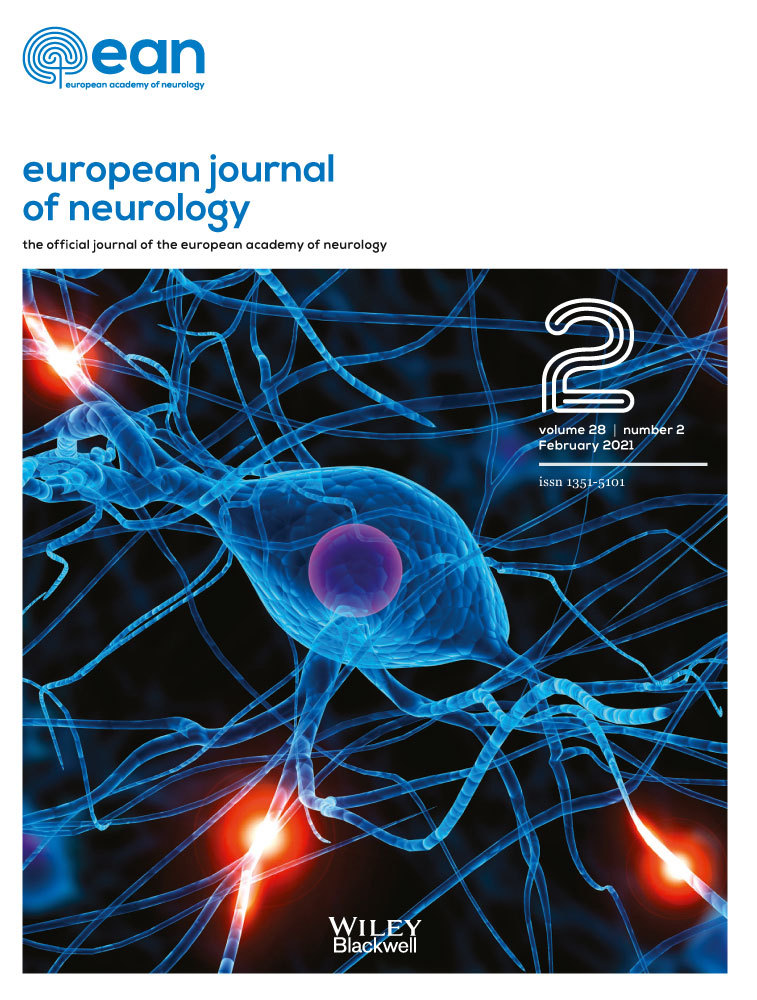Cognitive frailty and falls in Chinese elderly people: a population-based longitudinal study
Abstract
Background and purpose
Falling is considered an important public health problem among older people. A recent cross-sectional study suggested that cognitive frailty (CF) is associated with falls. We aimed to explore whether CF is a risk factor for falls in a population-based longitudinal study.
Methods
Using data from the Rugao Longevity and Aging Study, physical frailty was assessed according to the modified Fried's phenotype, and the 20% of participants with the lowest scores on the Revised Hasegawa Dementia Scale were defined as having cognitive impairment (CoI). Cognitive frailty (CF) was defined as the coexistence of physical frailty and CoI, but excluded severe CoI (revised Hasegawa Dementia Scale score ≤ 10). The outcome of number of falls in the previous 12 months was measured using a questionnaire.
Results
At baseline, the prevalence of CF was 2.6% and the prevalence of two or more falls was 6.7%. Cross-sectional analysis found that two or more falls was associated with physical frailty without CoI (odds ratio [OR] 6.79, 95% confidence interval [CI] 3.17–14.56), pre-frailty with CoI (OR 4.54, 95% CI 2.44–8.44) and CF (OR 3.51, 95% CI 1.18–10.44). Slow gait with CoI was associated with two or more falls (OR 2.21, 95% CI 1.08–4.53). At 3-year follow-up, the prevalence of two or more falls was 10.6%. Logistic regression analysis showed that, compared with the robust and non-CoI elderly groups, the CF elderly group had a higher risk of two or more falls (OR 3.41, 95% CI 1.11–10.50).
Conclusions
Cognitive frailty was associated with two or more falls at baseline and might be a risk factor for two or more falls after 3 years. Early screening of CF might be beneficial in the prevention of falls.
Disclosure of conflicts of interest
The authors declare that there are no financial or other conflicts of interest.
Open Research
Data availability statement
The data that support the findings of this study are available from the corresponding author upon reasonable request.




